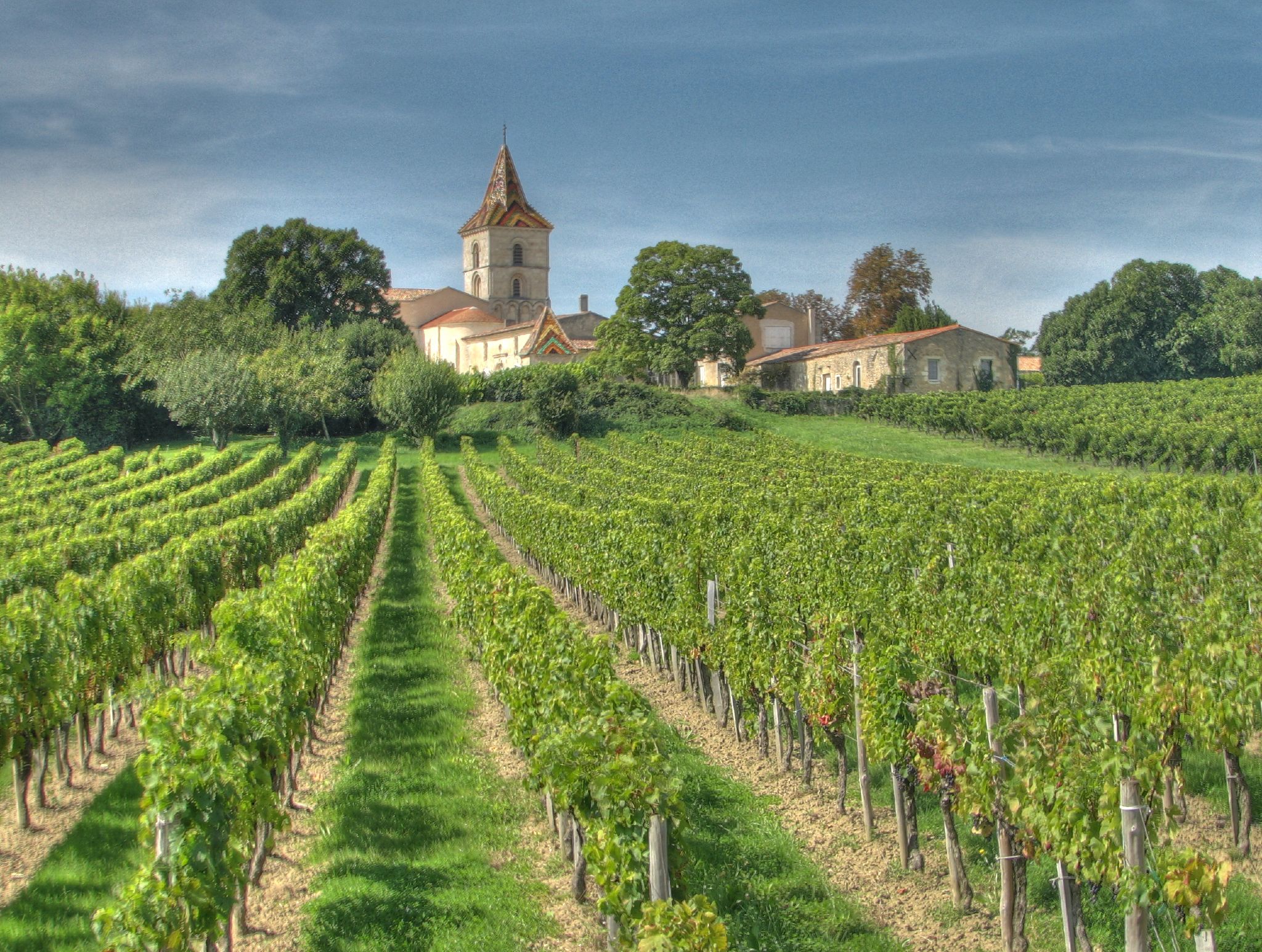Martha’s Vineyard is a place that many think of fondly in terms of summer and vacations. It’s a beautiful place that offers great wine from gorgeous vineyards, and is where many people go to get away from the bustle of every day life in primarily New York or Boston.
Summer is synonymous with Martha’s Vineyard. If you haven’t ventured out there, it is definitely worth the trip. It’s surprising how such a beautiful place with great positivity can be so close to the place you live and work in every day. The Vineyard at Martha’s Vineyard is a great place to host parties, events, or even weddings.
Creating, curating, and cultivating a beautiful summer event means understanding and imagining the scene, the vibe, and the people. Most importantly, we want to create an environment that is comfortable, memorable, and stunning. However, invoking the feeling of summer can be tough if some people are especially bogged down by this past years’ brutal winter, or by crazy work schedules. To get your guests to feel this feeling, It’s important to think of details; little things for people to focus on – such as candles, pillows, table settings, really immerse the summer culture into your environment.
A great idea that never fails: Make the best lemonade anyone has ever tried. Try sprucing it u p with fresh strawberries and high quality, chilled vodka. Have this on tap for guests to help themselves. Most importantly, it is important to have a great selection of different types of wine within each color, but make sure to have plenty of Rosé! Summer is almost over, but that doesn’t mean there isn’t time to throw a great summer-themed party. It’s important to try to create these moments that later become good memories!


